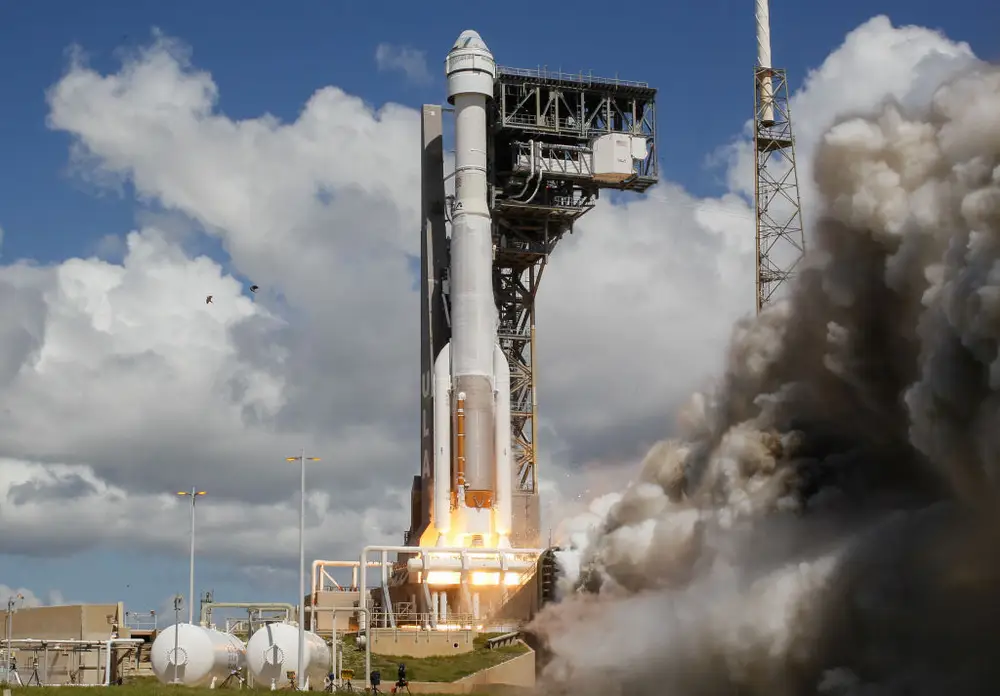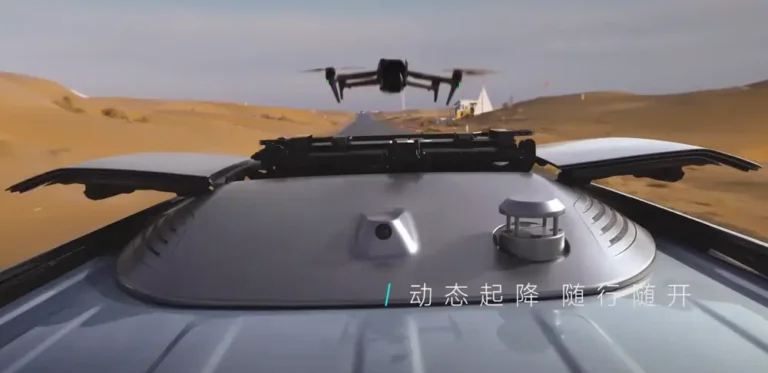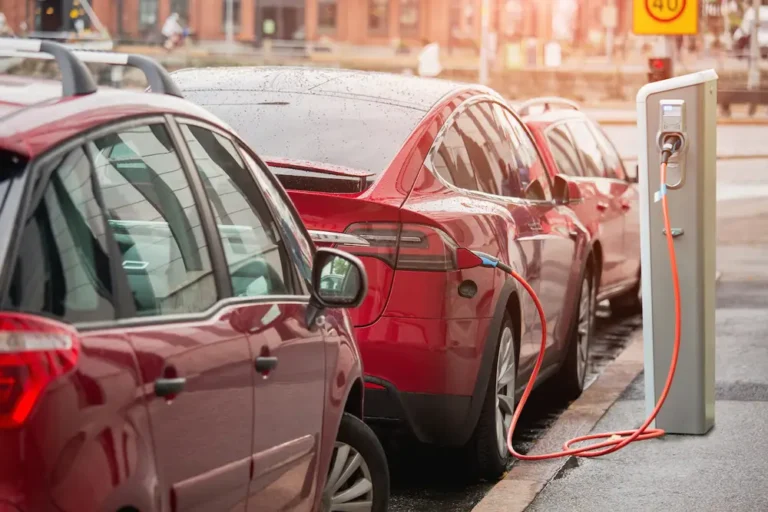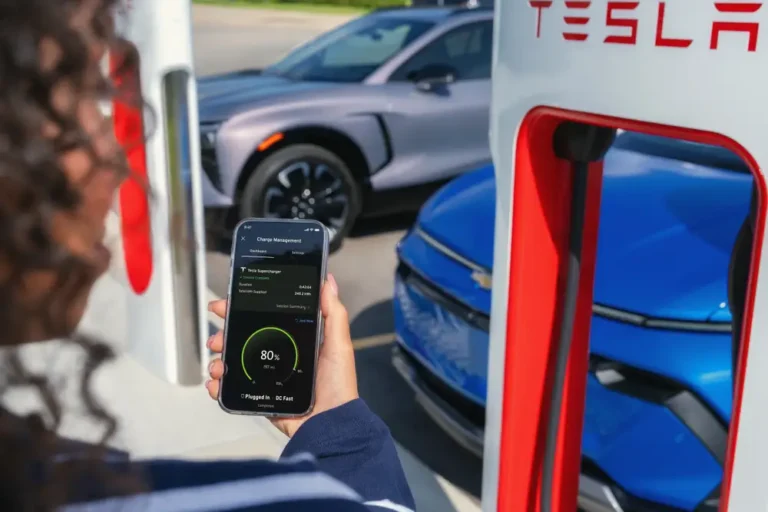Boeing says it’ll lose at least $125 million more as its Starliner aircraft remains stuck in space with no return date

Boeing’s Starliner spacecraft lifts off during NASA’s Boeing Crew Flight Test in Cape Canaveral, Florida.
As the Boeing Starliner’s return to Earth is delayed indefinitely, the aerospace company expects to lose $125 million more.
NASA astronauts Suni Williams and Butch Wilmore reached the International Space Station (ISS) via the Starliner on June 6, and were supposed to stay in space for eight days.
However, due to thruster issues and helium leaks on the spaceship, they have been stuck there for 57 days and counting, with their return delayed indefinitely.
In a Wednesday SEC filing, Boeing said that because of the delays, it has “increased the reach-forward loss on the program by $125 (million).”
This was on top of the $288 million additional loss that the company had projected in 2023, per the filing. This was when it first delayed the Starliner’s launch after identifying problems with the aircraft’s tests.
From the get go, the Starliner launch has been plagued by delays due to technical issues.
On May 6, a pressure relief valve in the Atlas 5 rocket led to the first delay. Then, on June 1, there was an issue with the ground computers that orchestrated the final countdown, which led to a second delay.
While the eventual launch on June 5 was successful, one of Starliner’s 28 Reaction Control System (RCS) thrusters unexpectedly shut down, and another went offline as it approached the ISS.
Later, NASA discovered five leaks in Starliner’s helium supply, which is used to pressurize its propulsion system. Its ground crew has been troubleshooting the issues since.
In a statement on July 31, Boeing said: “The Starliner team is proceeding through checklists to be ready for return when a date is chosen.”
It added: “They spent Tuesday practicing for undocking during an integrated simulation with the International Space Station.”
NASA has also floated the idea of using a SpaceX spacecraft to bring the astronauts down to Earth.
“We have two different systems that we’re flying,” Steve Stich, the manager of NASA’s Commercial Crew Program, said in a press briefing on July 25. He was referring to the Boeing Starliner and SpaceX’s Crew Dragon.
“Obviously, the backup option is to use a different system,” he added. “I would rather not go into all those details until we get to that time, if we ever get to that time.”
Adding to Boeing’s financial troubles
The Starliner’s new projected loss adds to Boeing’s increasing financial woes.
The company burned $4.3 billion in cash and reported a net loss of $1.44 billion for the second quarter of 2024.
The financial troubles come amidst a series of investigations into Boeing’s manufacturing quality and safety regulations.
It agreed to plead guilty to a criminal fraud charge linked to two crashes of its 737 Max jetliners that killed 346 people, according to a court filing by the Justice Department on July 7.
Under the plea deal, Boeing will pay an additional fine of $243.6 million. This is on top of the $243.6 million Boeing paid in 2021 as part of the settlement it breached.
It will also be required to invest at least $455 million in its compliance and safety programs and appoint an independent monitor to oversee the company.
Representatives for Boeing did not immediately respond to requests for comment from B-17 sent outside regular business hours.






